Michelangelo, Leonardo and Raphael at the Royal Academy of Arts
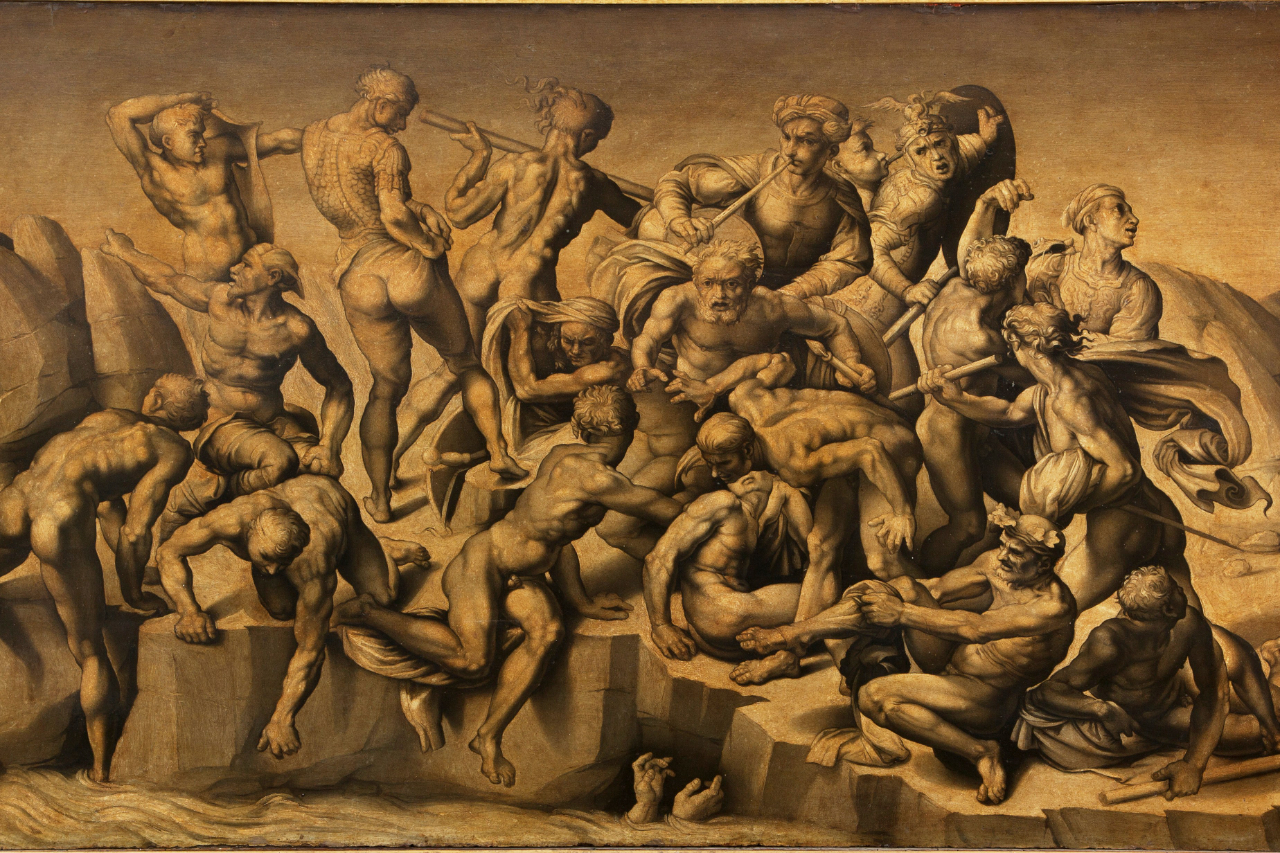
In the annals of art history, three colossuses bestride the Renaissance like no others. The lives and mighty achievements of Michelangelo Buonarroti, Leonardo da Vinci and Raphael have been the subject of much consideration and admiration over the centuries. Now, the Royal Academy are devoting an exhibition to all three, shedding light on the degree to which each influenced the other.
Florence, 1504 is the setting for this titanic collision of geniuses. For this brief period at the start of the 16th century, Leonardo, Michelangelo and Raphael’s paths crossed. Da Vinci, the most venerable at 51 was the ageing maestro, Buonarroti, at 29 was in his pomp while 21-year-old Raffaello Sanzio had come to Florence with the aim of learning from the other two. Three works sit at the heart of this show: the RA’s prized Michelangelo, the Taddei Tondo, the National Gallery’s Leonardo drawing, The Burlington House Cartoon, and the National Galleries of Scotland’s Raphael painting The Bridgewater Madonna.
The opening room here is dominated by Michelangelo’s marble relief, the Taddei Tondo, the only sculpture by the man handed the sobriquet, “the divine”, to be found in the UK. Named after its patron, the circular composition is unfinished: the infant Christ and the Virgin Mary have a polished sense of completion while John the Baptist and a bird remain resolved. Generally, the latter is identified as a goldfinch owing to it traditionally being held as a symbol of Christ’s sacrifice. Michelangelo injects his figures with a strong sense of movement and vitality. Preliminary drawings in pen and ink and black chalk give insight into the experimentation process. In a reversal of his solution for la Pietà, he deploys artistic licence by lengthening the figure of Christ rather than the Virgin to make better use of the potentially awkward circular space.
Curators are evidently drawing attention to parallels between the Virgin and Christ Child of Michelangelo’s Taddei Tondo and the holy mother and son depicted in two of Raphael’s paintings displayed in close proximity: the Bridgewater Madonna (c 1507- 08) and the Esterházy Madonna (c 1508). The Bridgewater Madonna in particular shows the extent to which Raphael was drawing on the older artist’s figurative arrangements in the Tondo. The young upstart from Urbino creates a considerably more cherubic Christ whilst giving his Virgin Mary a sharp chin that proves such a feature of his depictions. One also finds a number of wonderfully sensitive Raphael studies of Michelangelo’s work. A drawing of David from behind the celebrated sculpture sees the hands and feet given more realistic proportions than the Mannerist originals by Michelangelo. Elsewhere Raphael turns his scrutinising eye on the other Florentine master, Leonardo with a stunning rendering of the ultimate Renaissance man’s tragically now lost Leda and the Swan.
In the Royal Academy’s dramatically darkened and spotlit second room awaits da Vinci’s superb large-scale chalk and charcoal drawing, The Burlington House Cartoon. It has resided in the National Gallery since 1962, having been secured with public funds. Rendered on multiple pieces of paper glued together, the drawing has for many years been viewed as a work in its own right rather than a preparatory study; there are no holes to suggest the image was intended to be transferred onto a mural. This exhibition veers away from that idea, proposing that The Virgin and Child with St Anne and the Infant John the Baptist might indeed have been the artist mapping out a never-to-be-releised altarpiece. The curators also refer to a Giorgio Vasari account (he of The Lives of the Artists fame), which describes a Leonardo drawing that sounds like the very same piece being displayed in a Florentine church and greatly acclaimed by the public over two days. There’s certainly no denying its beauty, grace and power, the artist in his fifties demonstrating his mastery of the sfumato technique – the fusing of shadows and highlights – as used with consummate skill in the Virgin of the Rocks (1483) and the Mona Lisa (c 1503-06).
On 25th January 1504, da Vinci joined a committee of eminent artists, also featuring Botticelli, to discuss a suitable display location for Michelangelo’s David. The decision was taken to install the magnificent 17-foot sculpture outside the Palazzo Vecchio, the newly built council hall. Brought back from Rome to complete the immense work, Buonarotti was also commissioned that same year by the Florentine government to paint a scene of the battle of Cascina, 1362 in the Palazzo, the newly built council hall. Leonardo had himself been asked to paint a monumental mural of the battle of Anghiari, 1440 the year before. Both being Florentine military victories, the commissions would be the sole time the two giants were to work together. The current exhibition culminates with drawings showing this seismic encounter.
On reflection when one contemplates their career tendencies as revealed here in the RA, it comes as little surprise that neither project was completed. They were hugely in demand and competing for the patronage of powerful families and the Catholic church. However, there is a wealth of magnificent preparatory drawings, loaned from various European collections including that of His Majesty The King. Leonardo is seen capturing the ferocity and frenetic energy of battle, not to mention the terror. Horses and machines are shown in a frenzy of movement. Elsewhere, Michelangelo depicts characteristically muscular soldiers bathing in the River Arno, rallied into action by the trumpets of the enemy. Insight is provided into the approaches adopted by both of these towering talents as they forge their compositions. The Royal Academy exhibition is brought to a close with a drawing by Raphael of 1505-06, which sees the emerging new master producing a faithful copy of the pivotal scene of Leonardo’s Battle of Anghiari.
Although relatively small in scale – there are only around 40 works – this often captivating exhibition highlights the febrile creative atmosphere of Florence in the early 16th century and the intense nature of the rivalry between city natives Michelangelo Buonarroti and Leonardo da Vinci. One finds them vying for supremacy whilst simultaneously lighting the touch paper of the much younger Raphael as he forged his own pathway, later to be brought to such an untimely end.
James White
Image: Courtesy of the Royal Academy of Arts
Michelangelo, Leonardo and Raphael is at the Royal Academy of Arts from 9th November 2024 until 16th February 2025. For further information or to book visit the exhibition’s website here.









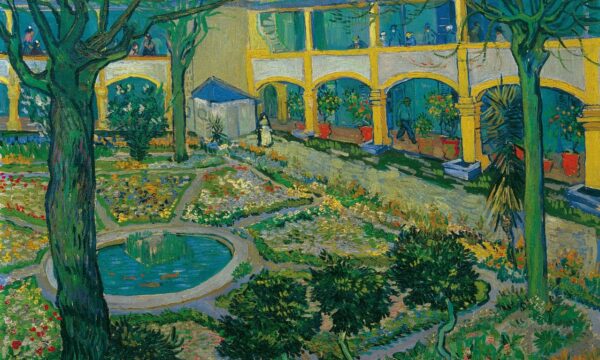

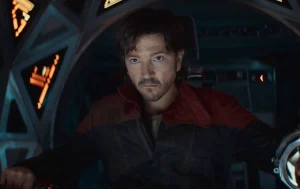
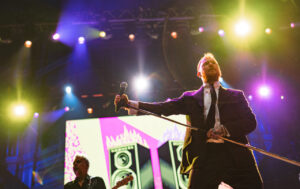

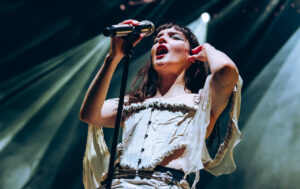

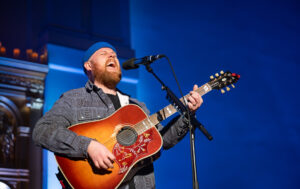
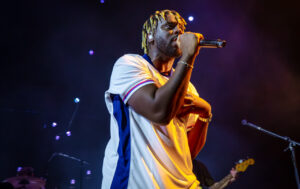
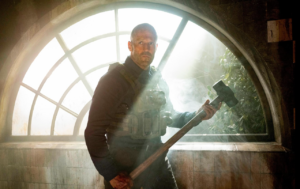
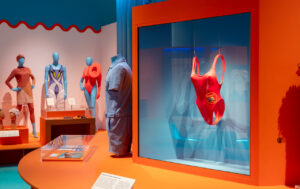
Facebook
Twitter
Instagram
YouTube
RSS